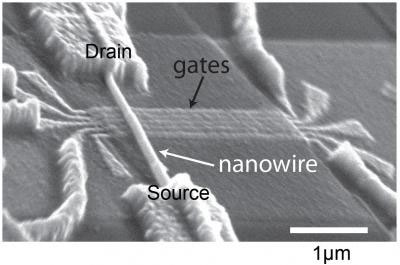 Scientists from the Kavli Institute of Nanoscience at Delft University of Technology and Eindhoven University of Technology in The Netherlands have succeeded in controlling the building blocks of a future super-fast quantum computer. They are now able to manipulate these building blocks (qubits) with electrical rather than magnetic fields, as has been the common practice up till now.
Scientists from the Kavli Institute of Nanoscience at Delft University of Technology and Eindhoven University of Technology in The Netherlands have succeeded in controlling the building blocks of a future super-fast quantum computer. They are now able to manipulate these building blocks (qubits) with electrical rather than magnetic fields, as has been the common practice up till now.
Dec 23rd, 2010
Read more
Some fun for the holidays...
Dec 23rd, 2010
Read more
A new study (pdf) just published by the Umweltbundesamt (Federal Environment Agency) in Germany has looked at the quantitative biokinetic analysis of radioactively labelled, inhaled titanium dioxide nanoparticles in a rat model.
Dec 23rd, 2010
Read more
 European Commission provides funding of 8.5 million euros for the international BrainScaleS project.
European Commission provides funding of 8.5 million euros for the international BrainScaleS project.
Dec 23rd, 2010
Read more
Advances in miniaturisation have led to the increasing adoption of microsystems in a wide array of applications. Continued miniaturisation, however, impacts the assembly of the components, the integration of passive components and overall system performance. To address these challenges, the Defense Advanced Research Projects Agency (DARPA) is funding a research collaboration between the Institute of Microelectronics (IME), a research institute of the Agency for Science, Technology and Research (A*STAR) and University of Washington's Department of Electrical Engineering.
Dec 23rd, 2010
Read more
Researchers describe the self-sharpening mechanism used by the California purple sea urchin to keep a razor-sharp edge on its choppers.
Dec 23rd, 2010
Read more
 Research from MIT and GE demonstrates that a proposed passive solution for preventing ice on wings won't work - but suggests an alternative.
Research from MIT and GE demonstrates that a proposed passive solution for preventing ice on wings won't work - but suggests an alternative.
Dec 22nd, 2010
Read more
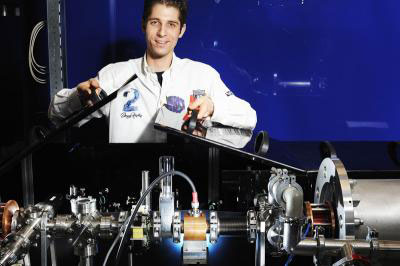 Stanford University in the USA has an X-FEL (X-ray Free Electron Laser) with a pricetag of hundreds of millions. It provides images of 'molecules in action', using a kilometer-long electron accelerator. Researchers at Eindhoven University of Technology (TU/e) have developed an alternative that can do many of the same things. However this alternative fits on a tabletop, and costs around half a million euro.
Stanford University in the USA has an X-FEL (X-ray Free Electron Laser) with a pricetag of hundreds of millions. It provides images of 'molecules in action', using a kilometer-long electron accelerator. Researchers at Eindhoven University of Technology (TU/e) have developed an alternative that can do many of the same things. However this alternative fits on a tabletop, and costs around half a million euro.
Dec 22nd, 2010
Read more
On January 1, 2011, the European project AtMol will be officially launched for 4 years. AtMol is to open the atomic scale era of molecular computing integrating state of the art atomic scale technologies, new quantum architectures with multi-scale interconnection and packaging techniques for a single molecule to compute and be packaged into a molecular chip.
Dec 22nd, 2010
Read more
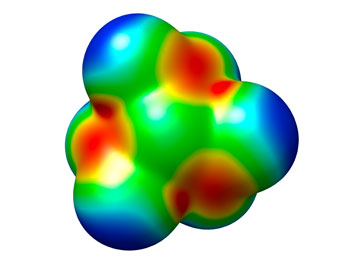 Trinitramid - that's the name of the new molecule that may be a component in future rocket fuel. This fuel could be 20-30 percent more efficient in comparison with the best rocket fuels we have today.
Trinitramid - that's the name of the new molecule that may be a component in future rocket fuel. This fuel could be 20-30 percent more efficient in comparison with the best rocket fuels we have today.
Dec 22nd, 2010
Read more
 Direct proof of the hitherto controversial Efimov effect.
Direct proof of the hitherto controversial Efimov effect.
Dec 22nd, 2010
Read more
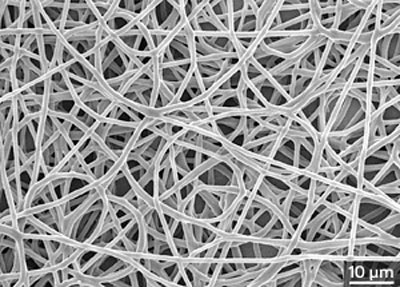 Porous structures made from a copolymer of polyhydroxybutyrate and polyethylene glycol are ideal scaffolds for bone regeneration.
Porous structures made from a copolymer of polyhydroxybutyrate and polyethylene glycol are ideal scaffolds for bone regeneration.
Dec 22nd, 2010
Read more
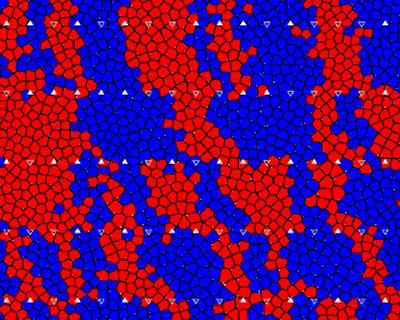 An advanced channel model may help push the capacity limits of future magnetic recording media.
An advanced channel model may help push the capacity limits of future magnetic recording media.
Dec 22nd, 2010
Read more
Call for applications for PhD positions at the International Doctorate Program NanoBioTechnology.
Dec 21st, 2010
Read more
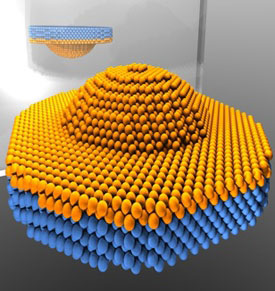 Researchers from the Quantum Photonics Group at DTU Fotonik in collaboration with the Niels Bohr Institute, University of Copenhagen surprise the scientific world with the discovery that light emission from solid-state photon emitters, the so-called quantum dots, is fundamentally different than hitherto believed.
Researchers from the Quantum Photonics Group at DTU Fotonik in collaboration with the Niels Bohr Institute, University of Copenhagen surprise the scientific world with the discovery that light emission from solid-state photon emitters, the so-called quantum dots, is fundamentally different than hitherto believed.
Dec 21st, 2010
Read more
In der Schweiz hat das Staatssekretariat fuer Wirtschaft SECO einen Leitfaden erarbeitet fuer das Erstellen von Sicherheitsdatenblaettern fuer Chemikalien, welche aus Nanomaterialien bestehen oder solche enthalten.
Dec 21st, 2010
Read more
 Scientists from the Kavli Institute of Nanoscience at Delft University of Technology and Eindhoven University of Technology in The Netherlands have succeeded in controlling the building blocks of a future super-fast quantum computer. They are now able to manipulate these building blocks (qubits) with electrical rather than magnetic fields, as has been the common practice up till now.
Scientists from the Kavli Institute of Nanoscience at Delft University of Technology and Eindhoven University of Technology in The Netherlands have succeeded in controlling the building blocks of a future super-fast quantum computer. They are now able to manipulate these building blocks (qubits) with electrical rather than magnetic fields, as has been the common practice up till now.








 Subscribe to our Nanotechnology News feed
Subscribe to our Nanotechnology News feed